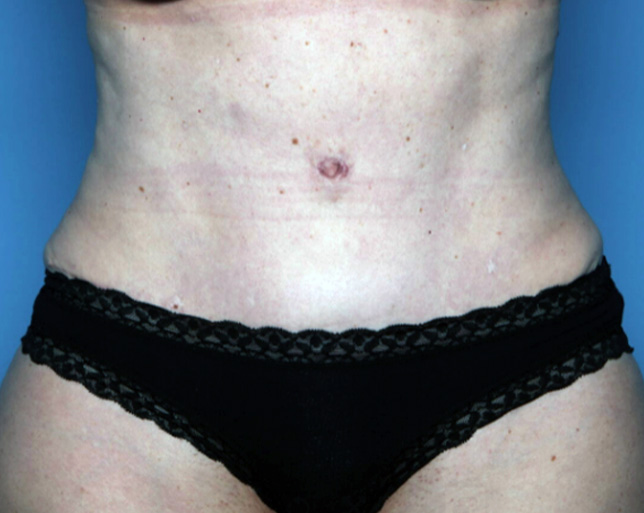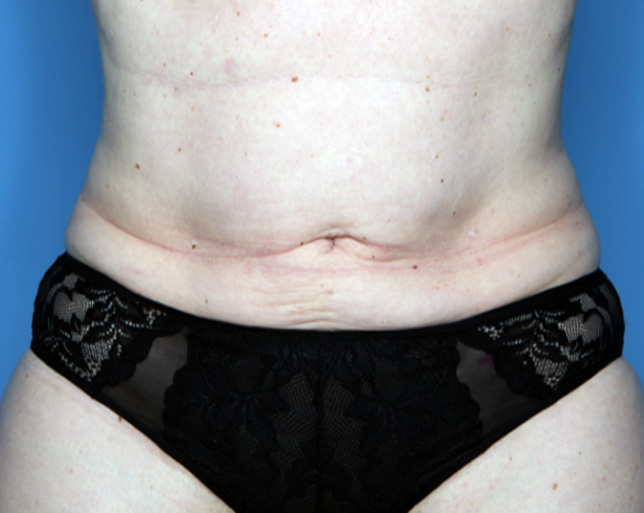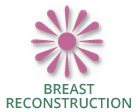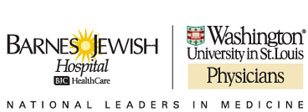How do ablative lasers like CO2 and Erbium YAG compare to nonablative lasers?
Medical lasers work by delivering a high dose of energy for a fraction of a second at a specific wavelength. Since the duration of a laser pulse is so fast, a given wavelength can dramatically affect certain tissues in your body but not others.
The ablative lasers affect the most superficial layer of the skin known as the epidermis and a variable amount of the next layer of skin known as the dermis. The ablative resurfacing lasers – namely carbon dioxide (CO2), Erbium yttrium aluminum garnet (Er:YAG) and the yttrium, scandium, galium, and garnet (YSGG) – target water molecules within the skin cells to create their effect. CO2 lasers have a photothermal effect on the skin whereby the tissue is rapidly heated to produce skin tightening with essentially no bleeding. Er:YAG lasers precisely target water molecules to produce a very selective photomechanical treatment of the treated skin. The YSGG lasers are a blend of CO2 and Er:YAG technologies with some photomechanical and some photothermal effect on the skin. Although the technologies vary, all of these lasers have been shown to effectively resurface the skin but must be used properly to reduce unwanted side effects like unwanted pigmentation changes.
Nonablative lasers use different wavelengths and methods of laser energy delivery to bypass the outer layer of the skin and target specific structures in the deeper layers. The nonablative lasers used for skin rejuvenation typically target the collagen in the dermis to induce remodeling and subsequently skin tightening. Other nonablative lasers are designed to target hair follicles (laser hair removal), blood vessels and cells (red and purple blood vessels under the skin), or other specific pigment colors (laser tattoo removal).
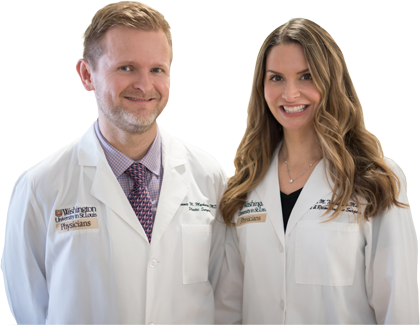
Dr. Terry Myckatyn and
Dr. Marissa Tenenbaum:
Trusted. Experienced. Committed.
Nonablative lasers that can be used for skin rejuvenation include the 1,064 nm neodymium yttrium aluminum garnet (Nd:YAG). These lasers, often used for laser hair removal in patients with darker skin tones or to treat certain vascular lesions, can also induce some skin tightening, Other nonablative lasers using wavelength of 1320, 1440, 1450, and 1540 nm can be used to target the collagen in the skin and induce some skin tightening,
In general, the nonablative lasers are less effective at delivering skin tightening and improved skin pigmentation compared with the ablative lasers. The nonablative lasers often require more treatments – especially when administered using fractionated technology – to achieve the desired effect when compared to ablative lasers. However, the nonablative lasers do offer less downtime and less risk of creating hypopigmentation or hyperpigmentation compared with the ablative lasers. The implementation of fractionated technology, however, has dramatically shortened the duration of downtime for ablative lasers to just a few days in most cases.
If you have questions or would like to book a consultation with one of the surgeons at West County Plastic Surgery, please call (314) 996-8800.








